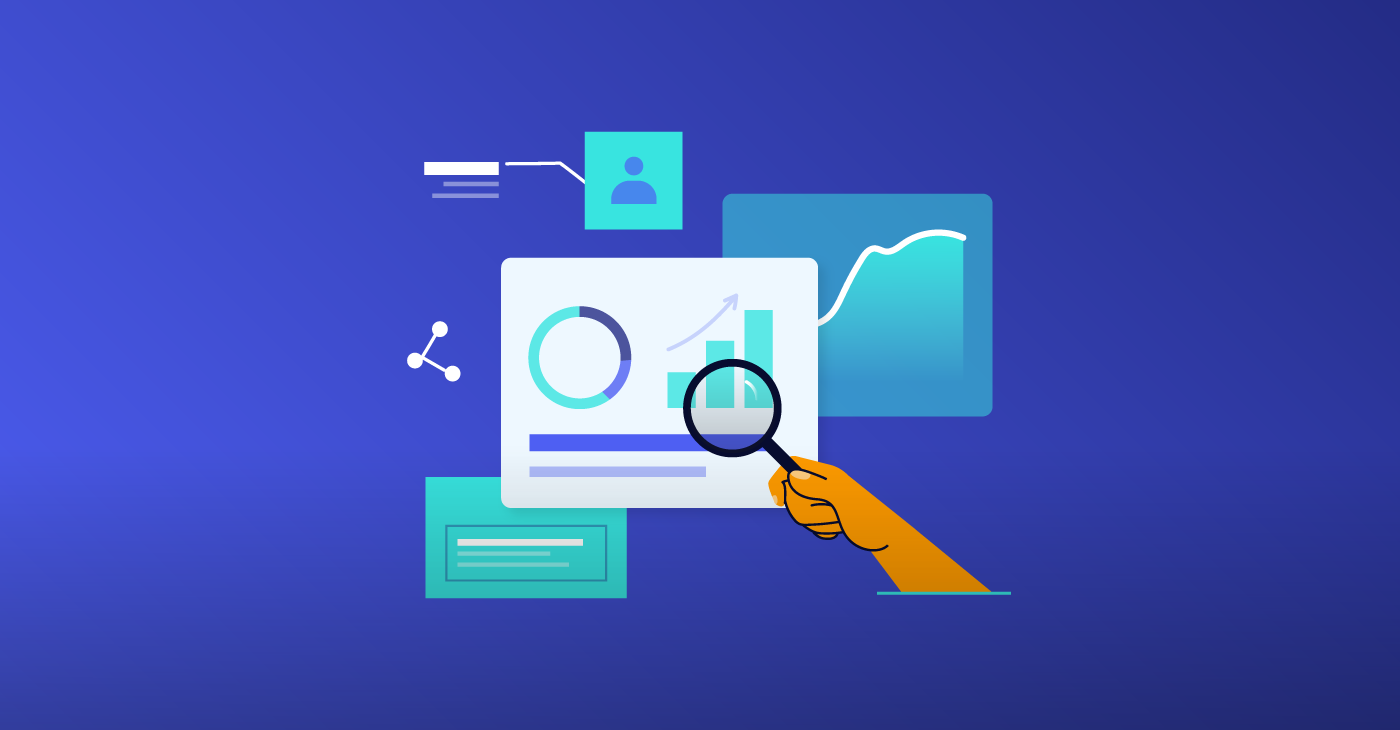How to Collect and Leverage Zero-Party Data to Personalize Your Email Marketing
February 3, 2022 6 min read

Collecting first-party data, or information that is learned about customers based on behavioral analytics, was thought to be the next big thing. But consumers lost trust in their favorite brands after learning that companies were mining information about them without their conscious and explicit consent. Plus, third-party data collected from ad platforms, cookies, and some less than transparent tracking techniques will no longer be available for marketers to use after 2023.
Brands have had to reimagine their marketing tactics. But the fact is many consumers are interested in sharing their data in order to create more personalized online experiences. Instead of hiding behind first and third-party cookies, companies should feel empowered to ask their audiences about their experiences and leverage that information to create more personalized email marketing campaigns.
Zero-party data changes everything about collecting vital marketing data. Instead of working unnoticed behind the scenes like first and third-party data, zero-party data hinges on being upfront and honest with customers when asking for consumer info. Using zero-party data collection techniques to learn what your customers need from your business is a great way to improve customer retention and attract new audiences to your brand. Let’s take a closer look.
What is Zero-Party Data?
Zero-party data is any information that your customers share with you intentionally. Communication preferences, how the individual wants to be recognized, purchase intentions, and personal context are all examples of zero-party data. The best way to gain these insights from your customers is to directly ask them for them. Instead of sifting through broad first-party business insights, zero-party data comes directly from the source.
After news broke that third-party cookies were going away for good, a sense of panic was brewing across companies and sectors. Marketers have become accustomed to tracking third-party cookies and having the ability to buy consumer data from other organizations that it hadn’t occurred to them that simply asking for the data could be a viable option.
Personalized experiences are valuable to customers, and knowing that brands are willing to come to them and ask them about their thoughts on a certain product or a new interface helps to build brand loyalty that leads to widespread consumer trust. When every customer is treated as an individual through zero-party data marketing, brands can build real relationships with their customers based on getting to know them personally.
How to Collect Zero-Party Data
Regulations such as the EU’s General Data Protection Regulation (GDPR), the California Consumer Privacy Act (CCPA and improved PCI compliance are holding companies more accountable for data privacy. More consumers are also becoming aware of the ways that they can provide companies with valuable insights in exchange for more personalized experiences. There are many ways to collect customer info, but here we will briefly discuss a few of the most effective ways to collect zero-party data.
Recommendation Quizzes
An online eCommerce recommendation quiz takes the place of an in-store associate by asking the right questions to determine which products and services would be best suited to an individual customer. These quizzes are useful for helping customers decide what package they want to buy, and they can also help companies create highly segmented email campaigns.
The temptation here is going to be to ask too many questions. Keep it simple, limiting your recommendation quiz to five to ten questions. And don’t forget to ask for their contact information so that you can add them to your email marketing funnel.
A Conversational Approach to Pop-Ups
Traditional pop-ups are attention-grabbing but can be intrusive and annoying for customers. To increase pop-up conversions, consider a more conversational approach. Instead of saying something like “join our mailing list now” with a form for their contact info, start with a helpful tone.
For example, use a pop-up that leads with a helpful question such as “how can I help you?” or “what are you looking for?” Then, provide them with the opportunity to opt-in. Customers are more likely to give you their contact info if they feel like you are there to help them instead of solely trying to gather data.
Surveys
Customer surveys are another way that organizations can gain insightful information that can be used to create more personalized email marketing campaigns. You can ask your customers and website visitors to fill out surveys at several different points during the customer journey so that you can paint a multifaceted picture of what they want from your brand.
But the best time to ask your customers to fill out a survey is after they make a purchase. You can ask them questions about how they found your company, what they like and dislike about your product, and how they felt about the checkout experience. You can also take this opportunity to provide your customers with space to provide you with freeform feedback instead of a structured question/answer format.
Chatbots and Customer Support
Chatbots and other messaging channels are other perfect places to collect zero-party marketing data from your customers. You can ask for key qualifying information, learn more about the products that they are looking for, and whether or not they intend to make a purchase or to simply browse — which can help you hone in your email marketing strategies.
Similarly, your customer support teams and the tools they use can also help your organization collect zero-party data. Each time a contact has been made, detailed notes should be saved to a CRM tool so their email flows can be refined and your brand brings up the right marketing conversations in the future.
SMS Marketing
SMS marketing is conversational by nature and provides marketers with the perfect opportunity to collect zero-party data. When your customers sign up for texts, don’t just send them coupon codes and deal notifications. Tailor your SMS marketing just like you would your email marketing, just on a much smaller scale.
Provide your customers with value by sending them articles on your website that they might be interested in, asking them how they have been enjoying their most recent purchase, and offering them plenty of opportunities to give you feedback.
Leverage Zero-Party Data in Email Marketing
Now that you know how to gather crucial zero-party data, it’s time to learn how to leverage it to create better email marketing campaigns.
You must reference any zero-party data that you collect in your email campaigns and marketing flows so that your customers can immediately have more personalized interactions with your company. The easiest way to do that is to use a zero-party data collection platform that can integrate with your existing email marketing and SMS marketing and CRM tools to automate and streamline customer experiences from top to bottom.
Also, hiring a developer that has an understanding of email security can help reduce instances of fraud and keep your brand’s reputation intact. You can expect to pay at least $60 an hour for an experienced front-end developer that can take data-driven insights and turn them into personalized experiences for advertising, retargeting, and UI.
If you’re not taking advantage of triggered emails yet, then consider this. Triggered emails are 38% more likely to be opened than bulk emails. This is because triggered email marketing flows are highly personalized and relate to customer actions and feedback with your brand.
For example, zero-party data can be referenced in the subject line of your first email to new subscribers. Show them product recommendations or ask them specific questions about their recent shopping experience to grab their attention.
You can also send different emails or texts based on their survey questions or the products that they like to buy from your company. The key to leveraging zero-party data is to show your customers that you’re listening to what they have to say. This way, they’ll be more likely to trust that your brand will continue to be attentive to their needs in the future.
According to a recent report, 15% of brands plan to collect zero-party data this year. You can be one of the companies leading the charge towards more transparent, content-driven data collection. How you leverage new marketing trends will set your brand apart from the competition.
Author Bio
Lee Li is a project manager and B2B copywriter from ShenZhen, China, and is currently based out of Singapore. She has a decade of experience in the Chinese fintech startup space as a PM for TaoBao, MeitTuan, and DouYin (now TikTok).







